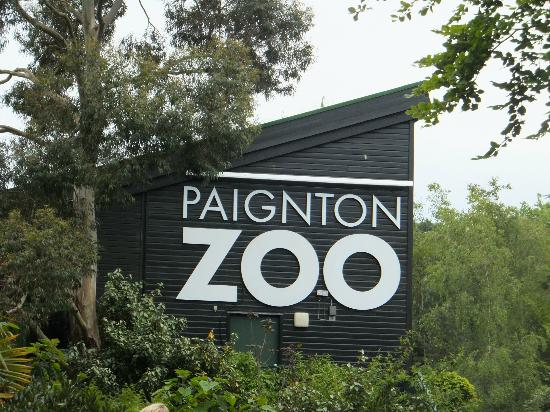One of the region’s key conservation charities is looking forward to a busy and successful 2016.
The Whitley Wildlife Conservation Trust, based in South Devon, is the charity that runs Paignton Zoo Environmental Park, Living Coasts in Torquay and Newquay Zoo in Cornwall, as well as several nature reserves in Devon.
The charity hopes to build on a moderately-good 2015 by attracting more visitors, generating a larger income and producing a bigger surplus to plough into the care and conservation of rare species.
Bosses are cautious, with Paignton Zoo budgeting to bring in 453,000 visitors, roughly the same as in 2015, while Living Coasts, Torquay’s coastal zoo, has set a target of 115,000 visitors, even though it welcomed 135,000 in the twelve months to November 2015.
Paignton Zoo’s most high-profile project this year is The Great Big Rhino Project, which will put a free art trail of life-size painted rhino models into the streets, parks and open spaces of Exeter and the English Riviera. The project, uniting local artists, local businesses and the wider community, is raising awareness and funds for Javan and Sumatran rhinos. The Great Big Rhinos will be launched on Saturday 30th July.
As far as the important work of breeding endangered species goes, Paignton Zoo Curator of Mammals Neil Bemment is hopeful of a busy year: “Although there are no guarantees and no promises when it comes to breeding, we could look forward to births from existing pairings that have bred before, such as pygmy slow loris, pied tamarin, Sulawesi macaque, meerkat, zebra and giraffe.”
New pairings or existing pairings that have yet to breed include golden lion tamarin, red ruffed lemur, Diana monkey, spider monkey and Sumatran tiger – the Zoo’s new pairing of Fabi and Shakira have already been seen mating. Neil also harbours some hope for Asiatic lion and black rhino births.
Maintenance work on-site will include the rebuilding and expansion of existing indoor and outdoor play areas. Paignton Zoo’s existing savannah habitat zone is to be improved, with new paths, viewing opportunities and visitor facilities. Plans are due to be submitted in the spring, with the first phase of works starting in the autumn and completion pencilled in for summer 2018.
Executive Director Simon Tonge said: “We want to make more of the open space we have at the top end of the valley and replace the last of the old animal buildings. We think the result will be a better experience for our visitors and a better environment for our animals.”
All three of the charity’s zoos are taking part in a campaign by top British zoos to plant more wild flowers and improve the management of sites for native species. The Grab That Gap 2016 campaign is being run by BIAZA, the British and Irish Association of Zoos and Aquariums, and Flora locale.
Curator of Plants and Gardens Giles Palmer said: “I will be overseeing the Grab That Gap campaign across our three sites. We’ll be looking for unused spaces, for example behind stand-off barriers or along grass verges, and planting them in March with wild flowers.
“In the summer, we’ll carry out a mini-BioBlitz to count the number of species we can find in one square meter. It should look really good for visitors – but there is going to be some friendly rivalry among gardens staff to see who can come out on top!”
Director of Conservation and Education Dr Amy Plowman hopes for a year of “Doing more and doing it better! Our project called Selamatkan Yaki – Save the Sulawesi crested black macaque – is about to receive a large UN grant for work with education and engagement in the communities around a crucial reserve called Tangkoko.”
In May the charity’s busy science department will be hosting another Primate Nutrition Workshop for experts from all over Europe, building on the success of one held in 2014. Paignton Zoo’s Bird Department is working on a new overseas conservation partnership that is still being finalised. Paignton Zoo Environmental Park is a registered charity. For more information go to www.paigntonzoo.org.uk or ring 01803 697500.




























